SUMMARY
This is AI generated summarization, which may have errors. For context, always refer to the full article.
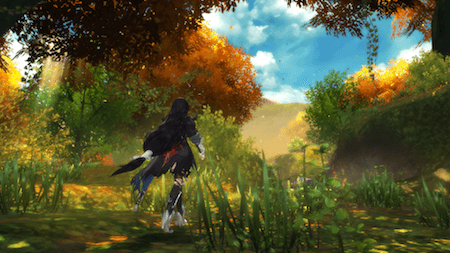
A revenge-obsessed demon-eater, a war hungry demon, a crazy magician, a cursed pirate, a goody-two-shoes exorcist, and a kidnapped malakhim – these merry circus of misfits star in the latest installment of the Tales series, a huge take off from Sorey and his band of heroes in Tales of Zestiria.
The new game is set in the same world as Zestiria, way back before Sorey’s quest to restore order in a demon-filled, seraphim-less world. But don’t be fooled, Tales of Berseria is far from Zestiria and other Tales games in both tone and story.
A darker tale
For starters, Berseria is set in a time when humans lived with malakhims (known as seraphims in Zestiria), or beings with magical abilities that humans were not able to see before an event called “The Advent” courtesy of the game’s antagonist. People then believed in a disease called the demonblight that turns humans into demons.
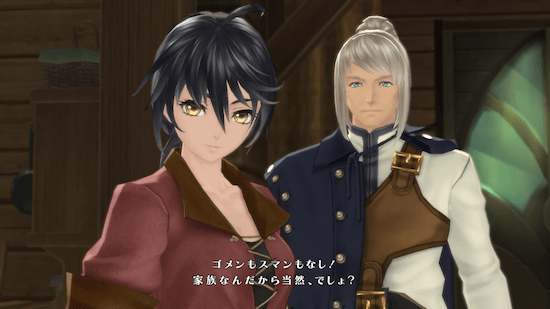
You follow the story of Velvet Crowe, a girl from a small village out for revenge against his brother-in-law Artorius, who sacrificed her little brother Laphicet in a ritual to summon malakhims throughout the world. Velvet turned into a therion, a demon with a mutated arm that can absorb other demons, while Artorius came to be known as the first Shepherd who guides the people through dark times.
What I love about Tales of Berseria is how it was able to differentiate itself from Zestiria without cutting off the connection between the two. This allows the game to be enjoyable for both those who haven’t played Zestiria and those who have.
As the story progresses, the mysteries about malakhims and demons unravel and the game’s connection to the events in Zestiria becomes clearer and clearer. As someone who has played Zestiria before, I’ve had so much a’ha moments throughout the game and loved how it lets you slowly discover the juxtaposed imagery the two game s make.
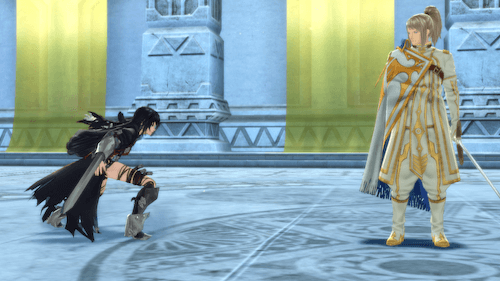
To be able to discover this fascinating world both through the eyes of a hopeful Shepherd and a vengeful Lord of Calamity felt amazing. If you haven’t yet, I recommend playing Zestiria first to get a richer understanding of its lore.
A great return
Just in case it’s still not clear at this point – I liked Tales of Zestiria. Its gameplay has flaws but it was still ultimately an enjoyable game with passable characters and a good story.
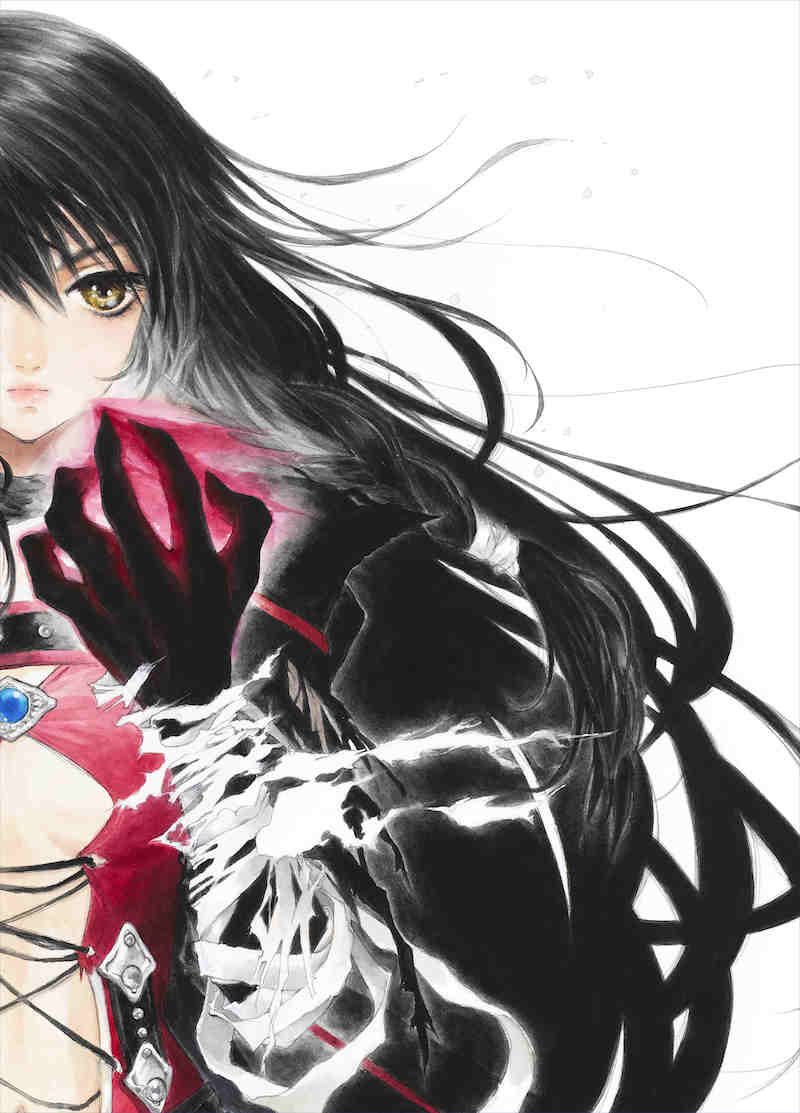
But Tales of Berseria is a necessary dark embrace.
The story is so much more straightforward. Its deviation from the usually light Tales games and its darker take on humanity and emotions is a welcome surprise. It explored human hatred and despair so much better than Zestiria did – Sorey and his friends talked about and fought malevolence from the outside looking in while Velvet and her group carried it and lived with it. They weren’t just trying to save the world from malevolence, they were saving themselves – an angle which felt more natural and relatable to me.
Velvet is a total bad ass, and while she would show a lighter side of herself every now and then, she’d find a way to remind you that she’s a demon through and through. But the story also invested more time in introducing the other characters, letting you appreciate them as well.
The diverse personalities of the side characters provide a great balance to Velvet’s dark and almost monotonous persona. Imagine how boring it would’ve been to listen to Velvet rant about revenge and pain again and again without Magilou’s humor, Rokurou’s warmongering, and Eizen showing off his vast knowledge about the world. Phi and Eleanor, being the only good people in the group, also balance out this band of unlikely heroes. The group’s few and random funny moments together provide a nice dose of good vibes in a world full of despair, sometimes making you forget just how broken and fragile each one of them really is.
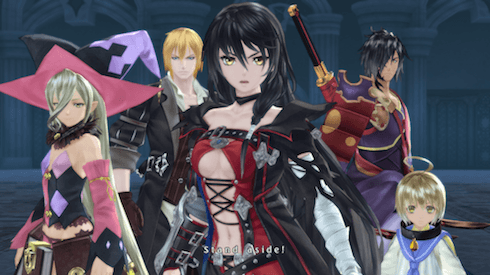
Smaller maps, less hassle
The creators of Berseria kept all the good elements from Zestiria, removed unnecessary ones, improved problem areas, and added new features that made the game better.
The maps are so much simpler and smaller. The world of Berseria is still vast like Zestiria but its been divided to many small maps. The downside to this is that the sceneries aren’t as breathtaking as Zestiria’s, but it removed all the unnecessary running around that made Zestiria feel a little too dragging and aimless sometimes.
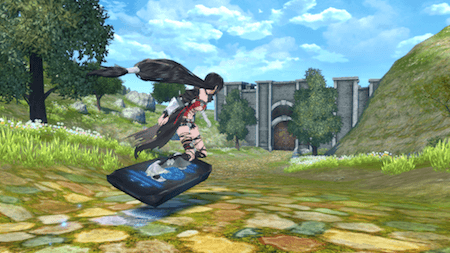
It can, however, feel a little repetitive as you go through the same places multiple times but the game tries to make up with this by giving players lots of other things to do. This includes the cooking system which allows you to cook several stats-altering recipes and an expedition feature which lets you send your ship all over the world to look for treasures and recipes.
I am not much of a fan of these two features though, as they don’t exactly contribute much to the game other than giving players short breaks from running around the same places again and again. The exploration feature can rarely give you anything of value and you can definitely finish the game without cooking a single dish.
They also removed the ability to interact in the environment using the seraphims’ powers, but scattered treasures and other interactive objects are all over the place, most likely to provide even more distractions from all the running. There are also different mini-games you can play in almost every port in the game, so you at least have some unique activities you can do every time you visit and revisit a city.
But overall, running around Berseria’s maps is not as much of a hassle as travelling back and forth cities in the vast world of Zestiria.
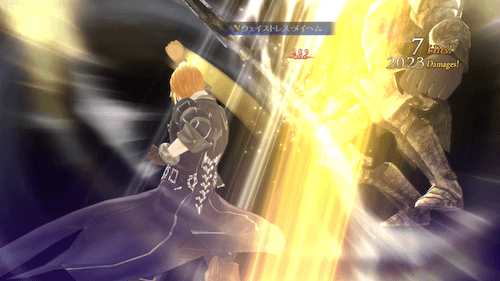
Exciting combat, more customizability
The combat in Berseria has also improved a lot from Zestiria.
You get to customize your combos in Berseria and your movements look so much better and cooler. I am in love with Velvet’s flashy fighting style. Depending on how you set her combos, you can make Velvet move all over the place and send flurries of kicks from all directions or deliver slower but powerful blows that shake the ground and hit multiple enemies at once. Battle in Berseria is so much more fast-paced and intense.
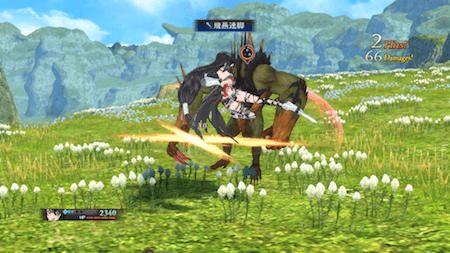
Berseria’s combat gameplay will also require you to be more tactical, so no, you can’t just spam attacks. A key element in battle is the “Soul Gauge” which determines how long you can use combos. You usually start with 3 or four Soul Gauge and you get to replenish it by blocking your enemies’ attacks or hitting their weaknesses. You also lose souls when you are hit with status effects or use powerful attacks.
You cannot “armatize” in Berseria, but you can use “Break Soul” which allows your characters to perform special moves, for instance, transforms Velvet’s demonic arms which unlocks a whole new set of abilities.
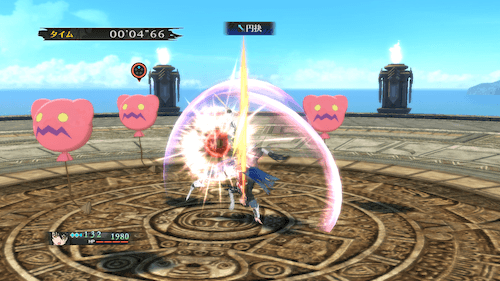
I also cannot emphasize enough how happy I am that they finally let players rotate the camera at will on Berseria. I hated the camera movements during battles in Zestiria which was really hard to tame.
Overall, I think Tales of Berseria was a step in the right direction for the Tales series. With Berseria, the series was able to veer away from clichès and break free from its usual narratives. It’s proof that a simple yet cohesive story and gameplay can go far. – Rappler.com
Add a comment
How does this make you feel?





There are no comments yet. Add your comment to start the conversation.